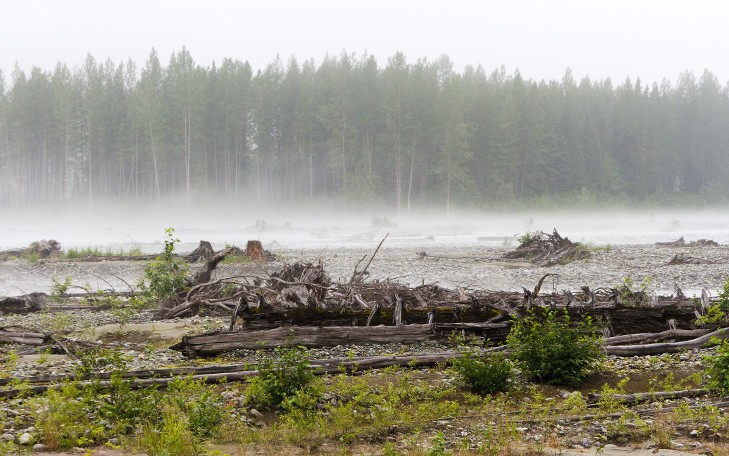
Nature is recognised increasingly as a capital, with a multitude of services that flow from natural capital to society. Valuing these ecosystem services and their natural capital is not simply a case of assigning an economic value to the many facets of an ecosystem. It is about providing frameworks and tools to ensure decision makers manage them in an informed and sustainable way.
To visualise ecosystem services, think for example of a woodland which provides recreation, timber, wood pulp, shelter, flood mitigation, climate regulation and other ‘services’. To value the services provided by this forest it is important to consider their value not only economically, but also in terms of biodiversity, recreation and carbon storage amongst other considerations.
Therefore it is vitally important for ecological, economic and social sciences to develop methods to both identify the services provided by a specific ecosystem at any given time and to assess their multiple values from both a monetary and a socio-cultural perspective.
This requires tools to allow land managers, policy makers and in fact all active stakeholders to understand and evaluate the full set of services associated with a given ecosystem. The concepts of natural capital and ecosystem services offer compelling frameworks within which to make these decisions.
So, if one considers again, a woodland, we can see how these concepts might play out. Forest managers have traditionally focused on the production of a single ecosystem service, that of timber production, often at the expense of a whole range of other services that benefit people. For example, the recreational and associated health benefits of woodlands are recognised increasingly as being important. Even without the wish to ride a mountain bike along woodland tracks, forests can provide aesthetic and even spiritual value to many people. In addition, forests store carbon in both soils and vegetation and this is critical in regulating the climate system by absorbing industrially emitted CO2 from the atmosphere. Just think of the many carbon offset schemes that now use newly planted trees for this purpose.
Moreover, forests provide a myriad of other services that benefit people, from regulation of water flows and flood mitigation to pollution control, and not least the enhancement of biodiversity that underpins not only the healthy functioning of ecosystems, but also the pleasure that people receive from experiencing flora and fauna at first hand. Hence, a forest that is managed according to the concepts of ecosystem services and natural capital will better account for these different and divergent societal benefits, and encourage their conservation. The challenge, however, is how to translate these concepts into decision-making about nature conservation and practical management strategies in an operational way. New methods, tools and instruments are required to achieve this that builds on the best available science knowledge about ecosystem functioning. In so doing, the conservation of the natural world should respect not only the values of people, but also the intrinsic value of nature itself.

